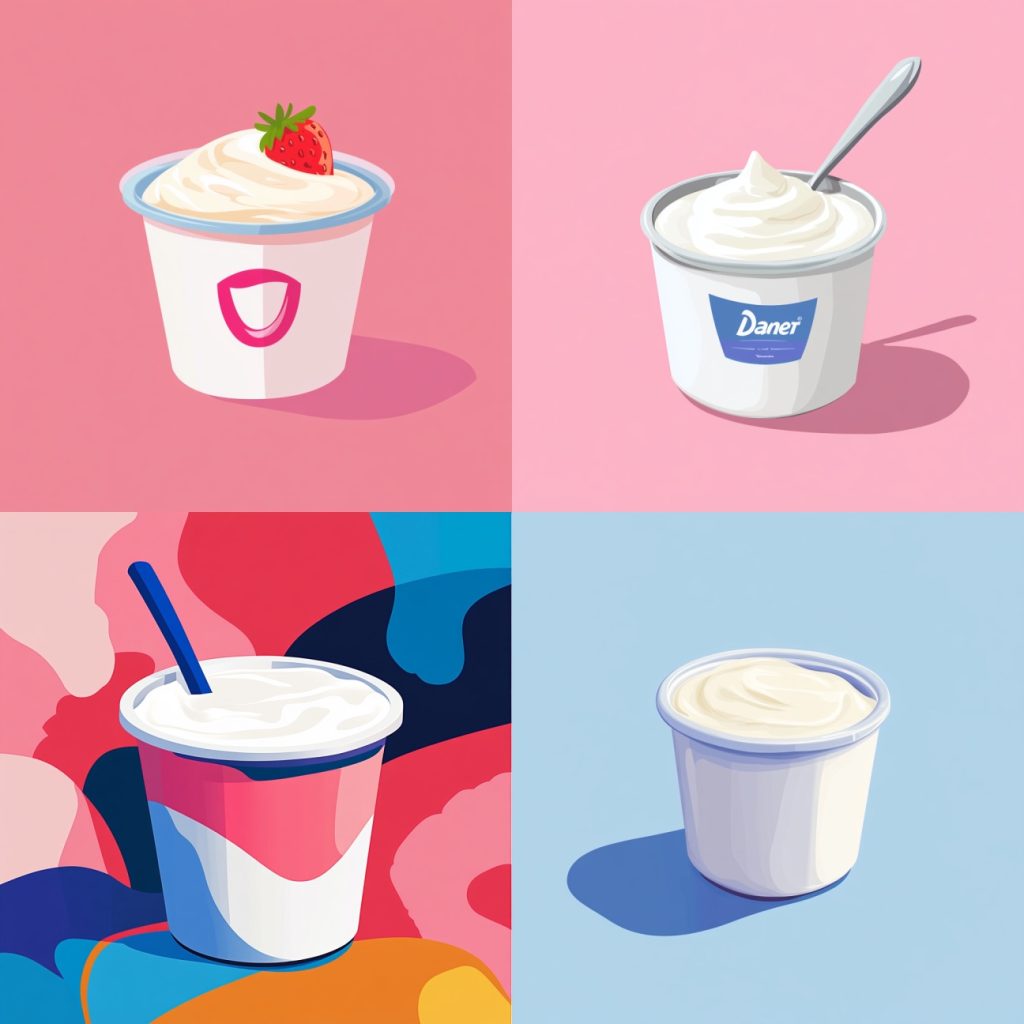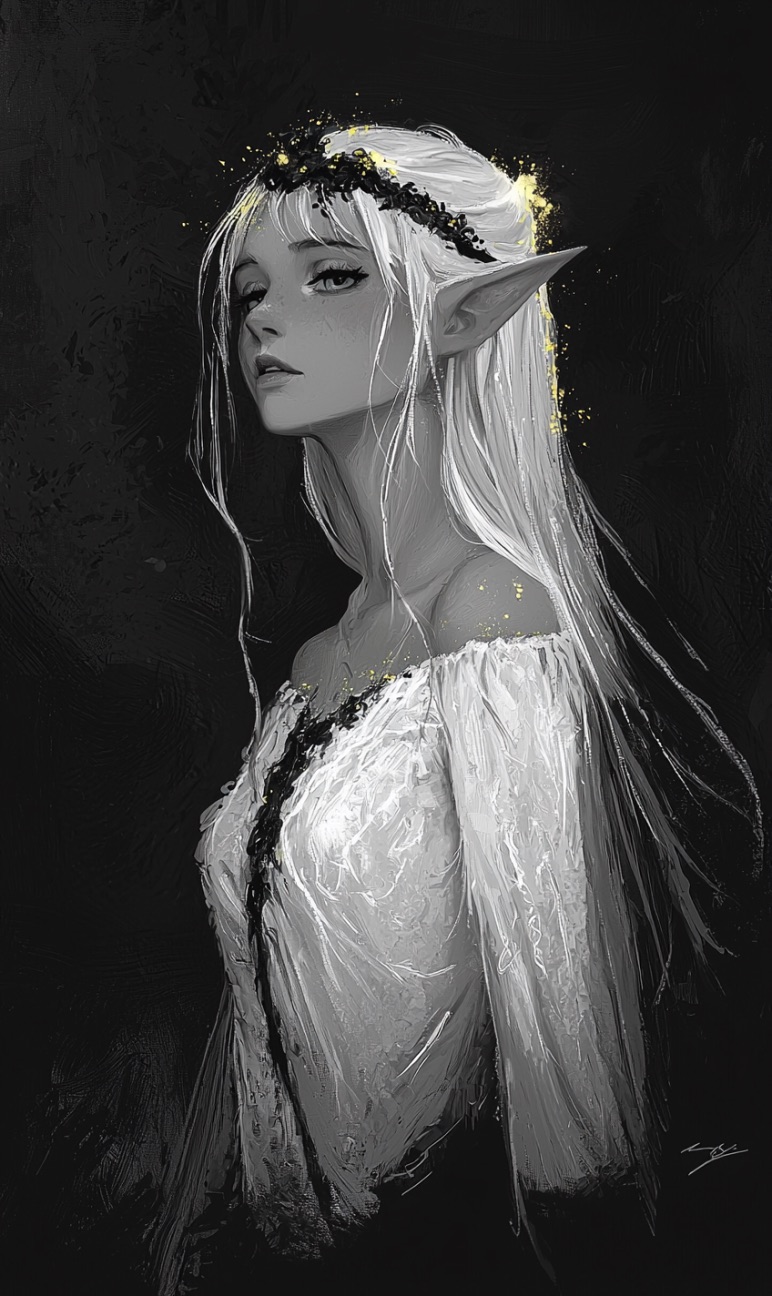In the heart of a digitally crafted world, an image stands as a testament to the evolution of artistry: an ethereal elf woman with striking features, her silver hair cascading like moonlight. The faint glow of golden sparks amidst her dark crown and the flowing elegance of her white attire evoke a harmony between tradition and technology. This illustration, a product of AI innovation, tells a story not just of a character, but of the transformation of art itself.
The Emergence of AI in Illustration
The illustration embodies what AI-powered tools are capable of creating today—a blend of creativity and precision. For centuries, illustration has been a realm dominated by human imagination. Each brushstroke carried the artist’s emotions, experiences, and intent. But now, with the advent of Artificial Intelligence, the landscape is evolving. AI has become a collaborator, a tool that assists artists in visualizing concepts, exploring uncharted aesthetics, and pushing the boundaries of creativity.
This elf woman is not just a portrait; it is a glimpse into the future of art. AI platforms like MidJourney, Stable Diffusion, and DALL·E are giving birth to artwork that rivals traditional methods, democratizing illustration by making it accessible to anyone with a vision.
A Story Behind the Image
This elf woman’s story is a metaphor for the fusion of old and new. In her world, she is a guardian of traditions, a timeless being who remembers the ancient artistry of brush and canvas. Yet, the golden sparks symbolize innovation, the infusion of technology into her existence. She wears her crown—a testament to the marriage of tradition and futurism—with grace, knowing that her world is evolving.
Her gaze, distant yet profound, mirrors the sentiment of modern-day artists. It is a look of contemplation—wondering where the future of art is headed. Can AI replace the soul of an artist? Or does it amplify their essence, allowing them to focus on storytelling while the machine handles the technicalities?

The Role of AI in Shaping the Future
The future of illustration is not a choice between human or AI. It is a collaboration. AI tools are becoming more intuitive, adapting to individual styles, and even learning from user inputs to generate unique pieces that feel personalized. Artists can now prototype faster, iterate on designs with minimal effort, and produce hyper-realistic images like this elf woman within minutes. AI empowers artists to focus on their core skills—narrative, composition, and emotional connection.
However, this evolution comes with challenges. Critics argue that AI lacks the “human touch,” that art created by algorithms might feel impersonal. But when you look at this image, it is hard to dismiss the depth and intricacy that the AI has achieved. Perhaps the “soul” of the art lies in the collaboration between human intent and machine precision.
The New Renaissance
As AI continues to evolve, we may be on the brink of a new renaissance—a time when creativity knows no bounds, and artists are limited only by their imagination. The elf woman’s world, crafted by AI, is a reminder that the future holds endless possibilities. Artists and illustrators must embrace this change, not as a replacement for their craft but as an extension of it.
Through this partnership, art will transcend barriers, creating a universe where human emotion and machine intelligence coexist harmoniously. The elf woman’s portrait is more than a picture; it is a symbol of what we can achieve when we merge the past, present, and future of illustration.
Conclusion: A Call to Artists
To the artists and creators reading this: the tools of the future are in your hands. AI is not here to replace you; it is here to help you dream bigger. Let this illustration be a spark of inspiration, reminding you that your creativity remains at the heart of every masterpiece, no matter how it is made.
The future of illustration is not an either-or. It is a “yes, and”—a collaboration that enriches the art world for generations to come.

